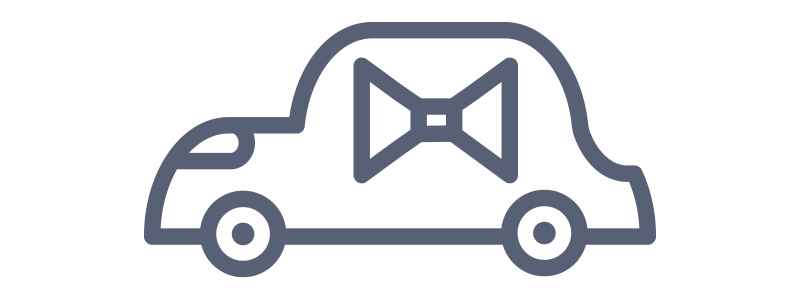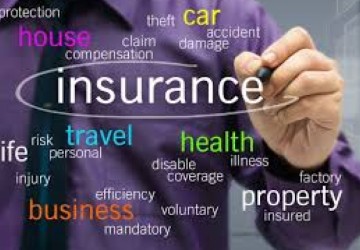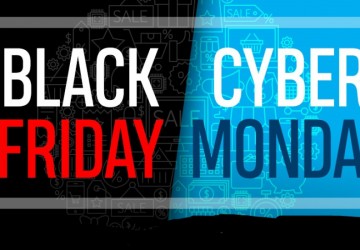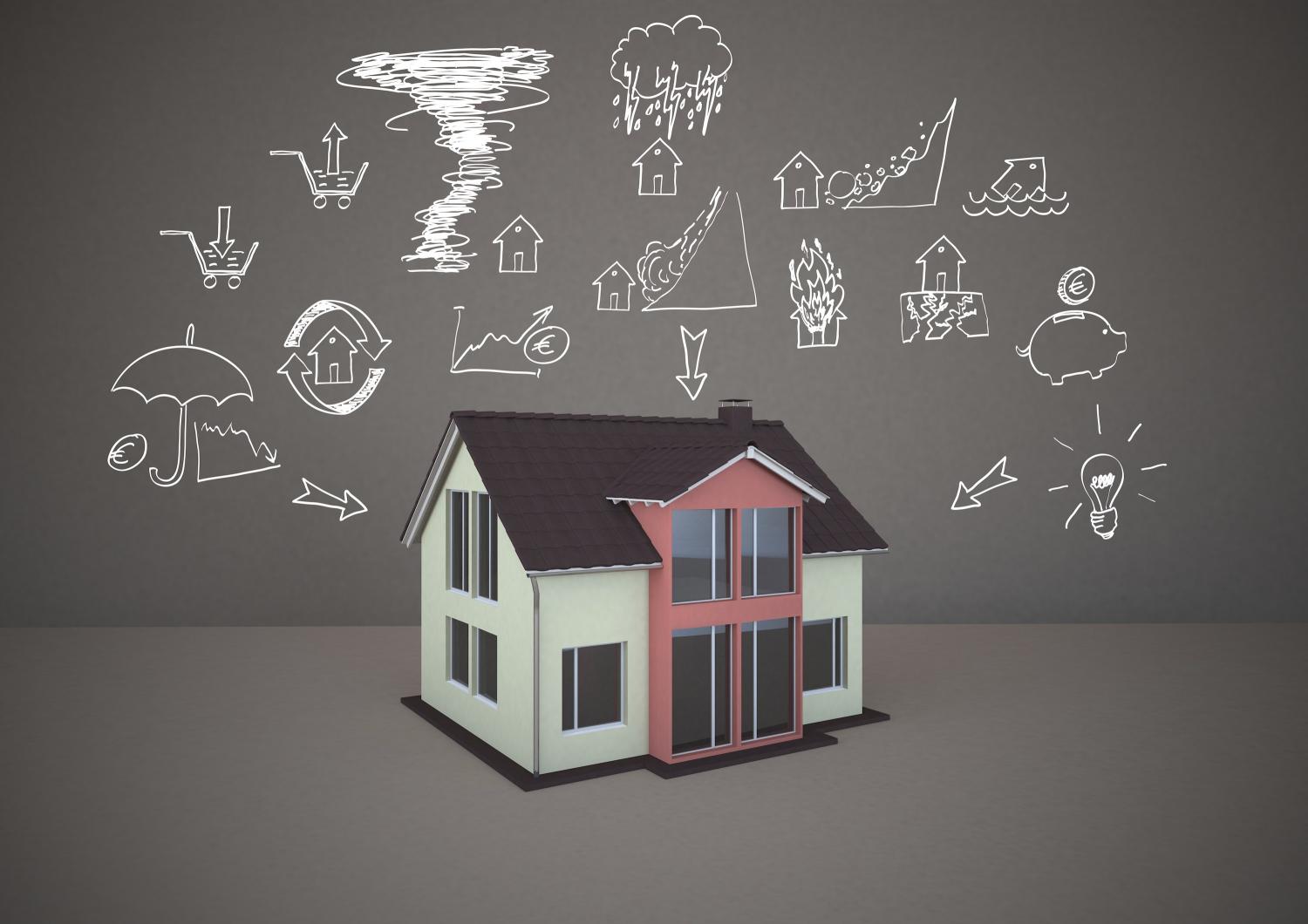
What you need to know about your auto insurance coverage
Owning valuable items comes with an obligation to keep them protected. This protection is offered by insurance companies. If you have a house and a car, surely you want the ownership to be protected from the risks that might occur.
What could possibly be more fun than a post about auto insurance, right? Well, if you own a car, there might be some things you want to look at on your auto insurance policy. This is the first of a three part series on auto insurance. In part one, we’ll take a look at the liability section; part two deals with personal injury protection; part three covers collision, comprehensive and the add ons.
Liability
There are three parts to the liability section: bodily injury, property damage, and uninsured motorists.
Bodily injury compensates the driver of the other vehicle and any passengers (in either vehicle) in the event of an injury-inducing accident. It comes in standard increments (e.g. $100,000/$300,000). The first number refers to the maximum amount each person could be compensated; the second is the maximum per accident.
The Body Injury Coverage
The bodily injury coverage you should select is a function of your assets. In the event of an accident, the injured party can sue you (even if the accident wasn’t your fault) and judgment can be as high as your available assets. The insurance actually pays that money out if the injured party wins up to the cap you’ve paid for. So if you have $25,000 in a mutual fund and a house worth $250,000, you should have higher coverage than if you just got out of college and have $1,000 saved and rent. Just about everyone with any sort of assets should choose at least 100/300 coverage.
Property Damage Coverage
Property damage works similarly. Coverage of $50,000 per accident pays to repair or replace property (other than your own) damaged as a result of an accident caused by you up to the $50,000 maximum. What’s worth noting on this is that if you get low coverage, you’d be responsible for paying any damage over and above your coverage out of pocket. For example, if you hit a late model Mercedes and have minimal property damage coverage, you could be on the hook for part of the repair bill.
Uninsured motorist coverage, as the name implies, pays for medical bills and property damage if you’re hit by an uninsured or hit-and-run driver. This insurance covers you and your passengers. Things to consider when choosing your level of coverage are whether you have good health insurance from another source (there’s no need to insure twice) and the high cost of any out-of-pocket medical treatment.
-
 07/25/2024 4
07/25/2024 4 -
 07/23/2024 8
07/23/2024 8 -
 05/31/2024 100
05/31/2024 100 -
 09/05/2022 628
09/05/2022 628 -
 09/05/2022 665
09/05/2022 665 -
 09/05/2022 788
09/05/2022 788 -
 09/05/2022 654
09/05/2022 654 -
 09/05/2022 635
09/05/2022 635
-
 12/09/2016 5720
12/09/2016 5720 -
 03/22/2018 2868
03/22/2018 2868 -
 10/10/2016 2852
10/10/2016 2852 -
 01/09/2017 2766
01/09/2017 2766 -
 01/13/2017 2381
01/13/2017 2381 -
 01/13/2017 2379
01/13/2017 2379 -
 01/14/2017 2212
01/14/2017 2212 -
 11/01/2016 2178
11/01/2016 2178
FEATURED NEWS

Personal Finance

Personal Finance

Managed Funds

Insurance

Business






LEAVE A COMMENT